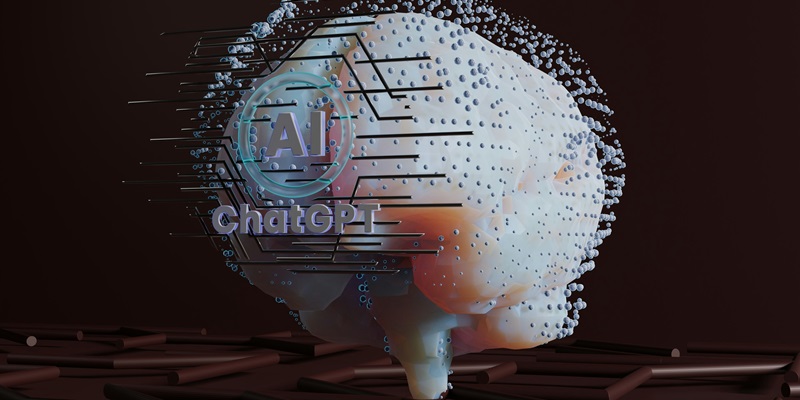OpenAI’s latest venture into the realm of artificial intelligence has garnered significant attention with its forward-thinking “frontier model,” poised to potentially outshine GPT-4 with new heights of capability. As the prospect of achieving Artificial General Intelligence inches closer, OpenAI’s dedication to safety is in the spotlight with the formation of a Safety and Security Committee. Top tier executives Bret Taylor, Adam D’Angelo, Nicole Seligman, and CEO Sam Altman will navigate this essential endeavor, systematically reviewing safety measures over a 90-day period before tendering pivotal recommendations. Despite this precaution, dissenting voices have cast doubts on the committee’s independence, given that its members are current OpenAI executives, thus potentially muddying the clarity of its oversight.
Safety Committee’s Objectivity in Question
Critiques surrounding the newly-established Safety and Security Committee at OpenAI are hard to dismiss. All members steering the committee hail from within the company’s own corridors, sparking debate over the impartiality of the forthcoming safety protocol review. This lack of external insight into OpenAI’s self-regulatory attempts raises essential questions about whether in-house perspectives can truly hold the revolutionary frontier model to the highest standards. With the AI industry closely watching, the committee’s decisions, expected after a well-considered 90-day period, will reflect on the credibility of OpenAI’s commitment to pioneering an ethical AI frontier.
The resurfacing of CEO Sam Altman after a brief hiatus illuminates deeper threads of conflict within the company’s governance. Altman’s reinstatement was a persuasive nod to the entwined interests of employees and investors, underscoring the significant influence of internal dynamics on OpenAI’s strategic direction. This event, coupled with the unanimous executive composition of the safety committee, magnifies concerns over whether OpenAI can critically assess and enhance its safety measures with the required detachment.
Balancing Ninety Days: Innovation vs. Safety
The 90-day hold on the release of OpenAI’s frontier model is a deliberate pause, allowing the company to scrutinize its safety infrastructure amidst the high-speed evolution of AI technology. This interval represents a strategic balancing act — one that gives the Safety and Security Committee enough data and discourse to integrate safety into the DNA of their upcoming marvel of AI. It is a gesture that signifies while their upcoming AI model, anticipated to be a game-changer, rests on the verge of inception, safety remains an uncompromised mantra for the company. This period will rigorously test OpenAI’s ability to marry rapid innovation with the intricate requirements of responsible AI development.
Meanwhile, the rationale for this 90-day timeframe is not lost on industry experts; it mirrors the conscientious periods of reflection seen across professional sectors, offering a structured opportunity for evaluation and improvement. It is a testament to OpenAI’s acknowledgment that innovation cannot outpace safety in the quest for AGI. The outcome of this committee’s efforts will serve as a benchmark for the tech community, possibly setting new precedents for safety and trust in AI.
The Aftermath of GPT-4: Operational and Ethical Quandaries
Following the release of GPT-4, OpenAI grappled with the delicate equilibrium between rapid development and the ethical implications that its AI creations impose. High-profile disputes, such as that involving Scarlett Johansson’s unauthorized voice likeness, and the departure of key team members, contribute to the rising hurdles in the company’s innovation race. These controversies are not merely fly-by issues but pivotal moments that shape OpenAI’s disposition regarding the ethical deployment of AI technologies. The response to these events from both the public and the industry will be telling of the company’s capacity to navigate the uncharted waters of sophisticated AI usage.
The repercussions of these operational and ethical disputes resonate beyond OpenAI’s ecosystem. While the company breaks new ground with its partnerships in media and entertainment, leveraging AI’s potential to revolutionize these industries, it must also tread carefully, as each stride is scrutinized under a magnifying glass of societal norms and expectations. These challenges indicate that with innovation comes an inescapable responsibility — to foresee, understand, and address the implications of AI that are firmly rooted in shared human values and ethical standards.
Industry at a Tipping Point: Trust and Transparency Prevail
The landscape of AI is dynamic, and OpenAI’s forthcoming strategies could likely dictate the trajectory not just of the company but the sector at large. As AI firms tread the fine line between innovation and ethical responsibility, transparency and trust have emerged as non-negotiable pillars of industry leadership. OpenAI’s handling of its safety concerns, its responses to criticism, and the articulation of its ethical stances will all contribute to whether it cements itself as a paragon or serves as a cautionary tale.
The AI industry, marked by a potent mixture of skepticism and wonder, stands at a watershed where strategic moves by companies such as OpenAI can solidify the foundations for future trust. In addressing concerns with genuine transparency, OpenAI is tasked with convincing both regulators and the public that it can lead the charge towards AGI with integrity. How it navigates this pivotal period of intense scrutiny will be emblematic for others in the race, especially as they dispel doubts and vie for user and regulatory confidence.

